Seating Custom Abutments: JKADHow many times have I heard it said that we must allow the soft tissue to “be contoured” around some crown shape in order to end up with an esthetic implant restoration? Periodontal and biological principals dictate that we can generate natural appearing restorations from impression to delivery without the use of tissue forming provisional restorations. While this is not always possible, the development of anatomic simulating abutments like JKAD is an artistic solution to transform the contour from the diameter of the implant prosthetic platform to that of a natural clinical cej on which we cement a crown. An issue that many labs mention and doctors decry is that the “natural abutment” will not fit into the tissue upon removal of the healing cap. How can we make restorations that properly emerge from the implant top and support papilla to mimic the adjacent teeth without resorting to ridge-lapped mushroom cloud crowns, which collect food? When the diameter of the healing cap is used to form the emergence profile of the crown, the crown often takes the shape of a mushroom and creates a poor environment for hygiene One easy solution is to utilize larger flaring secondary healing caps, which create most of the space required. If more tissue “stretch” is needed then a simple incision to the mesial and distal col accompanied by gentle elevation with a Molt or similar periosteal elevator will allow easy seating. A second key is that a fresh wound will institute healing so that the tissue itself will form to the ideal contour of the abutment rather than having the crown/abutment forming to random tissue configuration. NO sutures are required. This follows the same concept that pontic site development does for ovate pontics. Another example is the subgingival emergence of the bulges on titanium bite posts. When the tissue is thick or tall, the apical or second bulge on the bite post can be submerged below the tissue making it difficult to fit back onto a solid gypsum cast without creating a soft tissue model. The lab can overcome this obstacle by adjusting the stone and creating the ideal abutment contour. They need not worry whether it will passively fit inside the soft tissue contours at delivery. For those that feel we still must create a tissue forming provisional, I ask; who does a better job? The dentist who arbitrarily creates a temporary crown on a stick abutment, or the lab who can measure and create an engineered anatomic abutment? For the same reason bone sounding with a probe allows us to know where to put a crown margin, JKAD allows us to create esthetic implant crowns. If the abutment doesn’t fit into the tissue then pick up a scalpel and cut away!
– Mark W. Wilhelm DMD, MSD
0 Comments
|
Dental Street Blog
Categories
All
Archives
November 2022
|
|
|
HoursM-TH: 7am - 4pm
PST |
Telephone425-251-3535
|
|
Copyright © 2011 LeBeau all rights reserved Website created by: Cuddy Connections LLC.

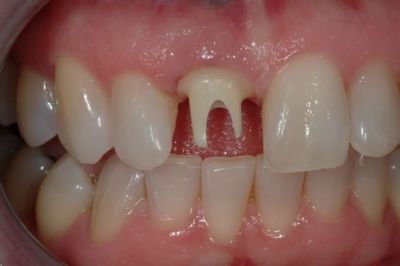
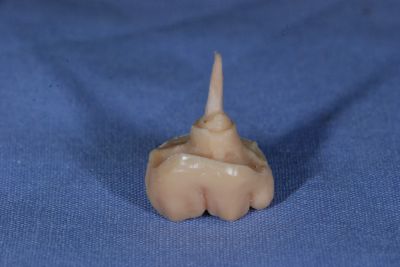
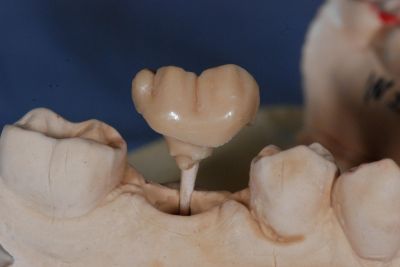
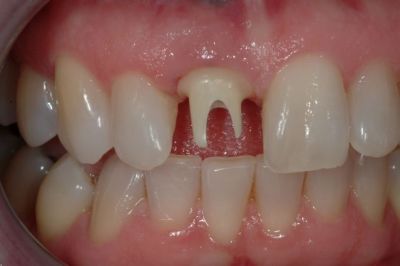
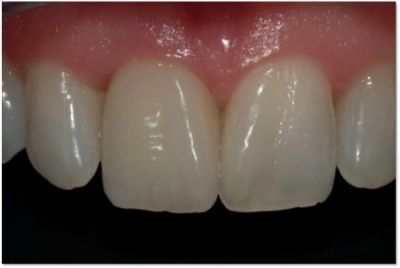
 RSS Feed
RSS Feed
